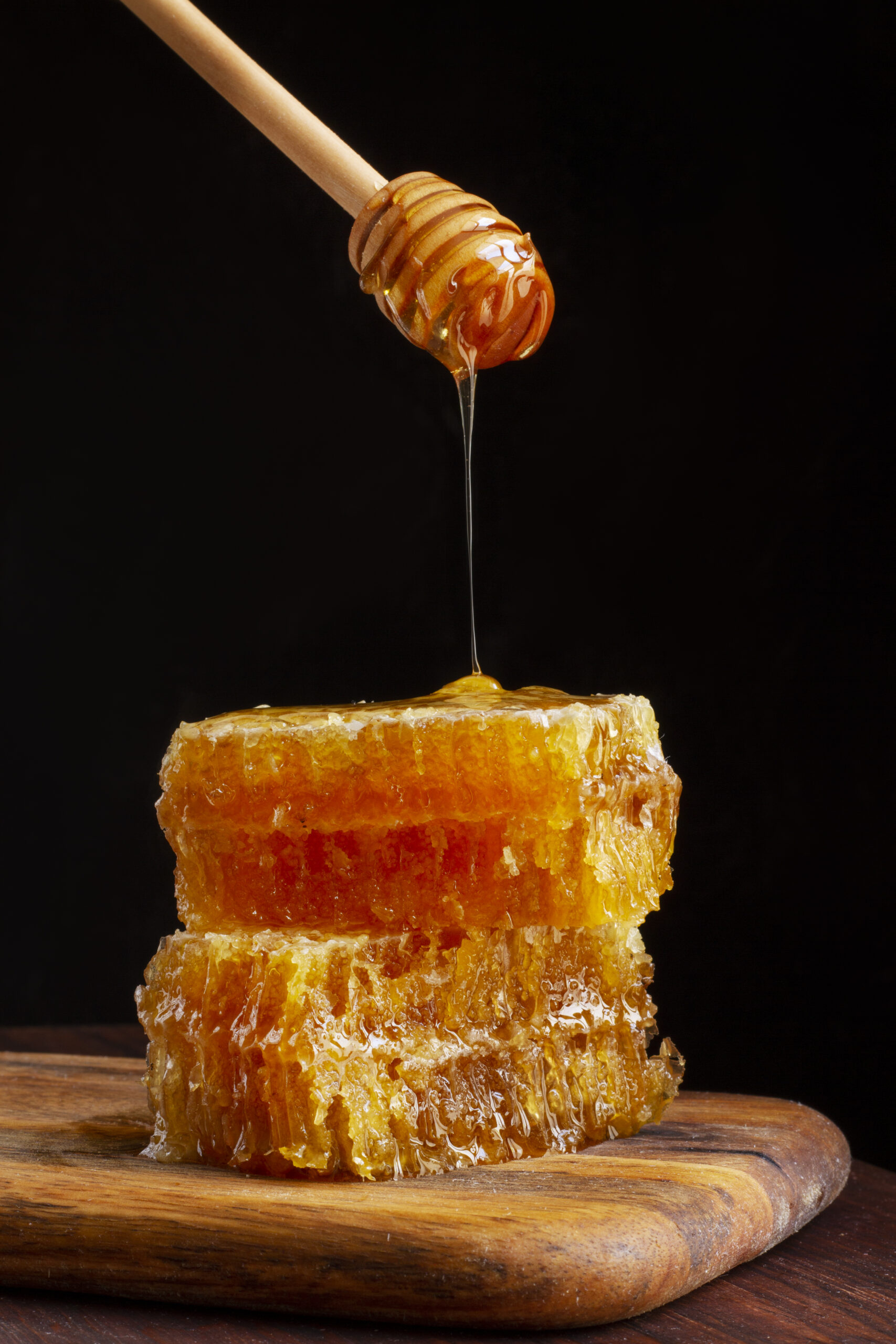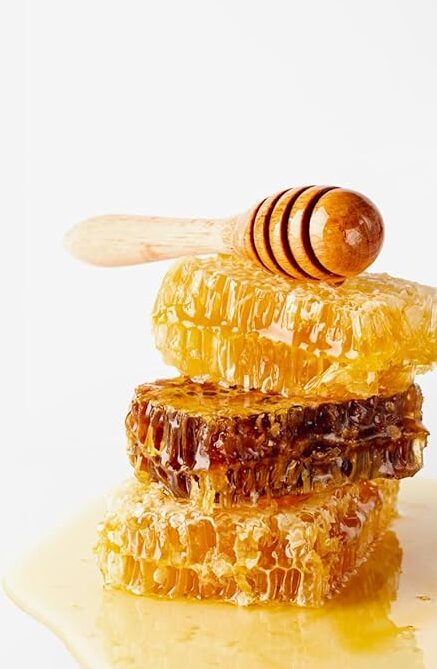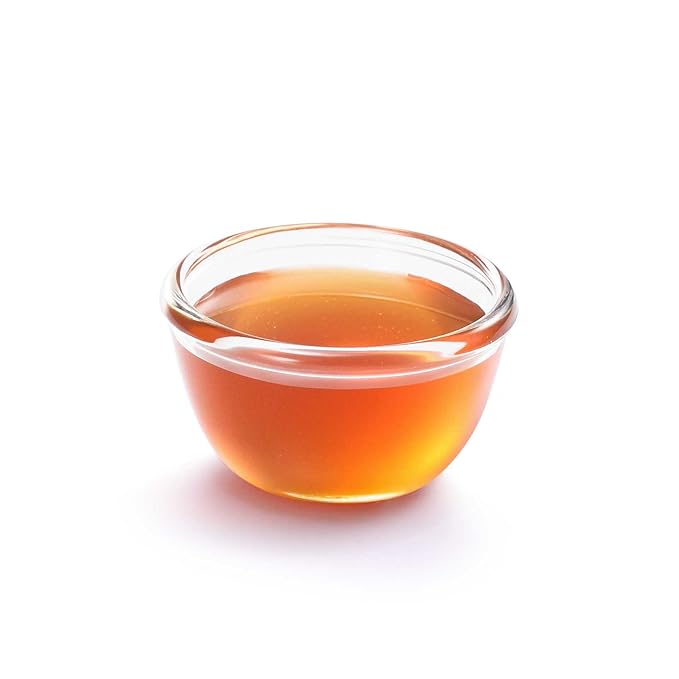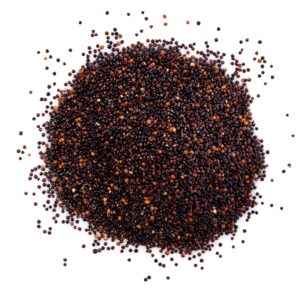Madhu, also called honey globally and known as शहद (shahad) in Hindi, is nature’s golden nectar. It has been treasured for centuries across cultures as a symbol of wellness, sweetness, and natural healing. From ancient Ayurveda to modern health trends, it has earned its place as a powerful gift of nature. Discover madhu’s benefits, types, and uses that uplift your body and mind daily.
Table of Contents
What is Madhu?
Nutritional Value of Madhu
(21 grams) of raw honey offers:
- Calories: 64
- Carbohydrates: 17 grams
- Sugar: 17 grams (mainly fructose and glucose)
- Protein: 0.1 grams
- Fat: 0 grams
- Fiber: 0 grams
- Vitamins & Minerals: trace amounts of vitamin C, calcium, iron, magnesium, potassium, and zinc
- Antioxidants: flavonoids and phenolic acids
Shahad has enzymes and antioxidants that strengthen immunity and fight infections.
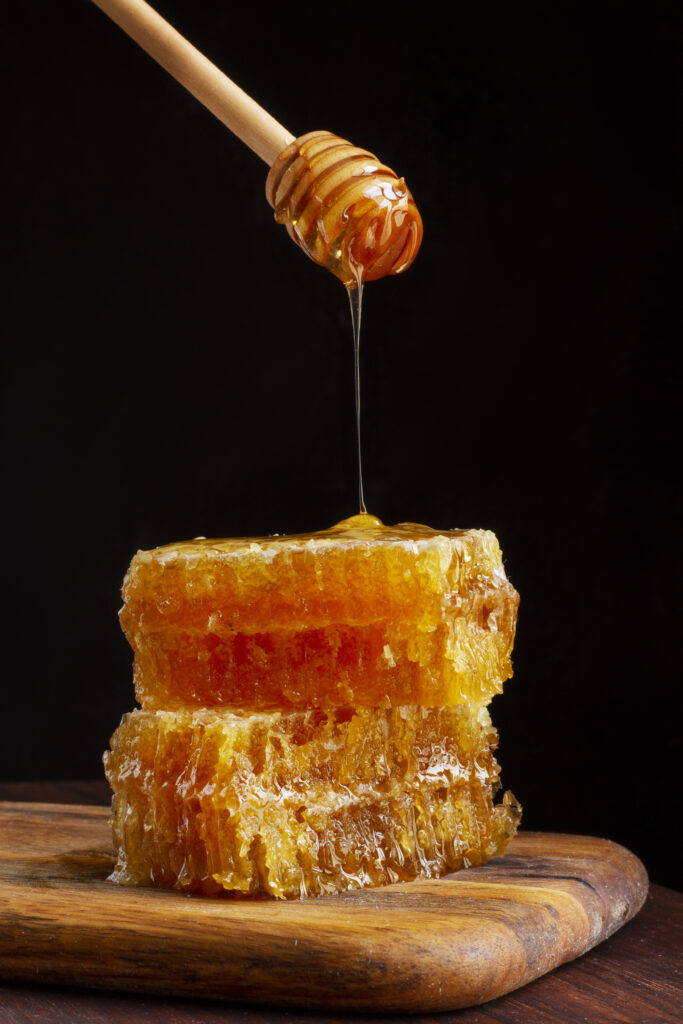
Also Read : Study Table for Kids
Health Benefits of Madhu That Make You Feel Awesome
Boosts Energy Naturally
The natural sugars in it give you a quick yet steady energy lift. Athletes often use it for pre-workout fuel.
Improves Digestion
Shahad mixed in warm water helps the body naturally eliminate internal toxins. It also supports gut health and reduces bloating.
Enhances Skin Glow
When used on the face, shahad hydrates skin and reduces acne issues. Its antioxidants slow aging signs.
Soothes Sore Throat and Cough
Honey coats the throat and calms irritation. This is the reason shahad is added to many natural cough remedies.
Supports Heart Health
The antioxidants in it help lower bad cholesterol, improving heart function over time.
Helps You Sleep Better
A spoonful of honey before bed can promote better sleep by supporting melatonin production.
Also Read : Cutlery Types
Types of Madhu You Should Know
Raw Madhu
This type of honey is raw, unprocessed, and taken directly from honeycombs. It contains maximum nutrients and enzymes.
Organic Madhu
Harvested from flowers grown without chemicals, this type is free from pesticides and synthetic additives.
Manuka Honey
Native to New Zealand, this is a rare and medicinal form of honey with high antibacterial properties.
Wild Forest Madhu
Sourced from deep forests, this type of honey is darker and rich in wild plant nutrients.
Acacia Honey
Also Read : Walker for Old People
Madhu and Weight Management: What Science Suggests
Many wonder if honey can truly assist in losing weight naturally. The answer is yes, when used mindfully. It helps regulate appetite and reduce sugar cravings. Its intense sweetness means you need only a small amount for taste. Plus, it promotes better digestion and supports metabolism. When combined with lemon water in the morning, it may help flush out toxins.
Madhu in Ayurveda: The Ancient Healing Perspective
In Ayurveda, it is known as a balancing agent for all three doshas. It’s believed to improve digestion, enhance longevity, and promote calmness. Because it’s considered “sattvic,” it supports mental clarity and emotional stability. Ancient Ayurveda suggests daily use of honey for its balancing effects.
Why Madhu Is a Popular Home Remedy Ingredient
Also Read : Sleep Unbelievably Well
Popular Varieties of Madhu You Should Try
Beyond the common types, many floral-specific varieties of honey exist.
Mango Honey
Jamun Honey
Jamun honey is harvested from the blossoms of the Indian blackberry (jamun) tree. It has a rich, slightly bitter flavor and is known to support blood sugar balance, making it popular among diabetics and health-conscious consumers.
Neem Honey
Honey from neem flowers tastes bitter but supports deep detox and natural healing.
Floral-based Honey
Always choose pure, organic honey to gain maximum benefits.
Also Read : 14 Foods You Should Never Refrigerate
How to Choose and Store Quality Madhu
Only high-quality honey gives you the complete wellness benefits it holds. Always choose raw, unfiltered Madhu. Check for labels that say “100% pure” and avoid those with added sugars or corn syrup. Keep it in a cool, shaded spot to maintain its nutritional quality. It remains edible for years, but heat can reduce its health value.
Easy Daily Habits to Add Madhu to Your Meals
Start your day with a spoon of honey in lukewarm water. Swap sugar for shahad in tea to enjoy enhanced flavor and health perks. Try honey in baking or cooking instead of using artificial sweeteners. You can even apply it on toast, fruits, or cereals for added nutrition. Simple shifts like these improve health noticeably over the long term.
Also Read : Broomstick Magic
FAQs About Madhu
Can I take Madhu daily?
Most adults can safely consume 1–2 teaspoons of honey every single day.
Is Madhu safe for children?
How can I use Madhu for skincare?
Does Madhu help with seasonal allergies?
Research shows local honey might ease seasonal allergy signs in some people.
What’s the best time to consume Honey?
Also Read : Scrolling Overload
Final Thoughts: Madhu’s Natural Power Makes It a True Gift
Honey stands out as a natural powerhouse. Its healing, nourishing, and energizing qualities make it a daily essential. From skin health to energy, immunity to digestion, it plays many roles. Simple, sweet, and effective—Madhu truly is a powerful gift of nature to feel awesome.

